The BRNN Pawpaw Party – September 14, 2018 by Charlotte Caplan
Ten years ago I ate my first pawpaw. I’d heard about America’s largest native edible fruit but never seen one, until I was given some wild fruit from Tennessee and was enchanted by the sweet, fragrant flesh. I saved the seeds, pushed them into the ground in a couple of shady spots in my yard, and forgot about them. The following summer, to my delight, about a third of them put up shoots. I thinned them to four promising seedlings and left them alone again.
In 2016, now about 10ft high, they produced their first strange, three-petaled, maroon flowers and a few fruit. The 2017 crop was much the same, but in 2018 they flowered profusely and by May the trees were covered in clusters of tiny fruit-lets, like hands with 2-7 outspread fingers. Perhaps it was the lengthy spring that allowed such successful pollination by the tiny flies that do the job for pawpaws, or maybe it was the bits of rancid meat that I hung in the trees to attract the flies (a traditional, if yukky, method!), but the resulting mass of fruit had to be shared somehow – and the idea of a Pawpaw Party was born.
I had not figured that the lengthy period for pollination would also mean a lengthy period for ripening, and had to postpone the party twice before I had enough ripe fruit, but eventually 25 curious BRNN members gathered on my front porch on a warm mid-September afternoon to get acquainted with Asimina triloba. As they arrived they were given a challenging naturalists quiz: putting the common and scientific names to six bowls of tree fruits that I had foraged in the neighborhood. Randy Richardson routed the competition with a perfect score, naming even the exotic Osage Orange (Maclura pomifera) and Japanese Quince (Chaenomeles japonica).
Kim Bailey of Milkweed Meadows Farm in Hendersonville, an organic farmer and educator, gave us a fascinating talk on pawpaw history and cultivation. Did you know that Lewis & Clark’s expedition ran out of food on their way home in September 1806 and for two weeks they subsisted almost entirely on wild pawpaws?
Afterwards everyone got to sample fresh pawpaws and pawpaw ice cream, and we held a raffle for 9 pairs of seedlings that I had raised from 2017 seeds – you need to plant at least two to ensure pollination. We raised $60 to help with the fee for the club’s 501(c)(3) non-profit applications.
If you want to try growing pawpaws, I still have lots of seeds from the fruit we ate, and an instruction sheet. It’s not hard at all.
Charlotte
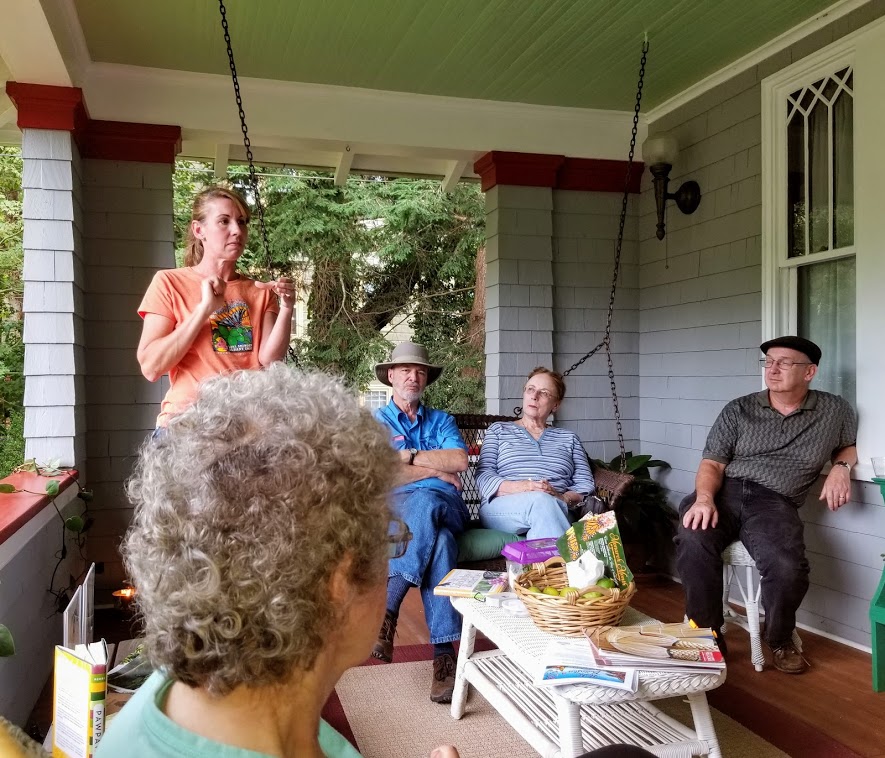
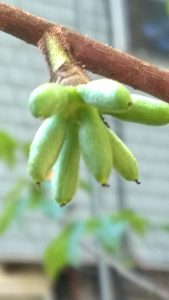
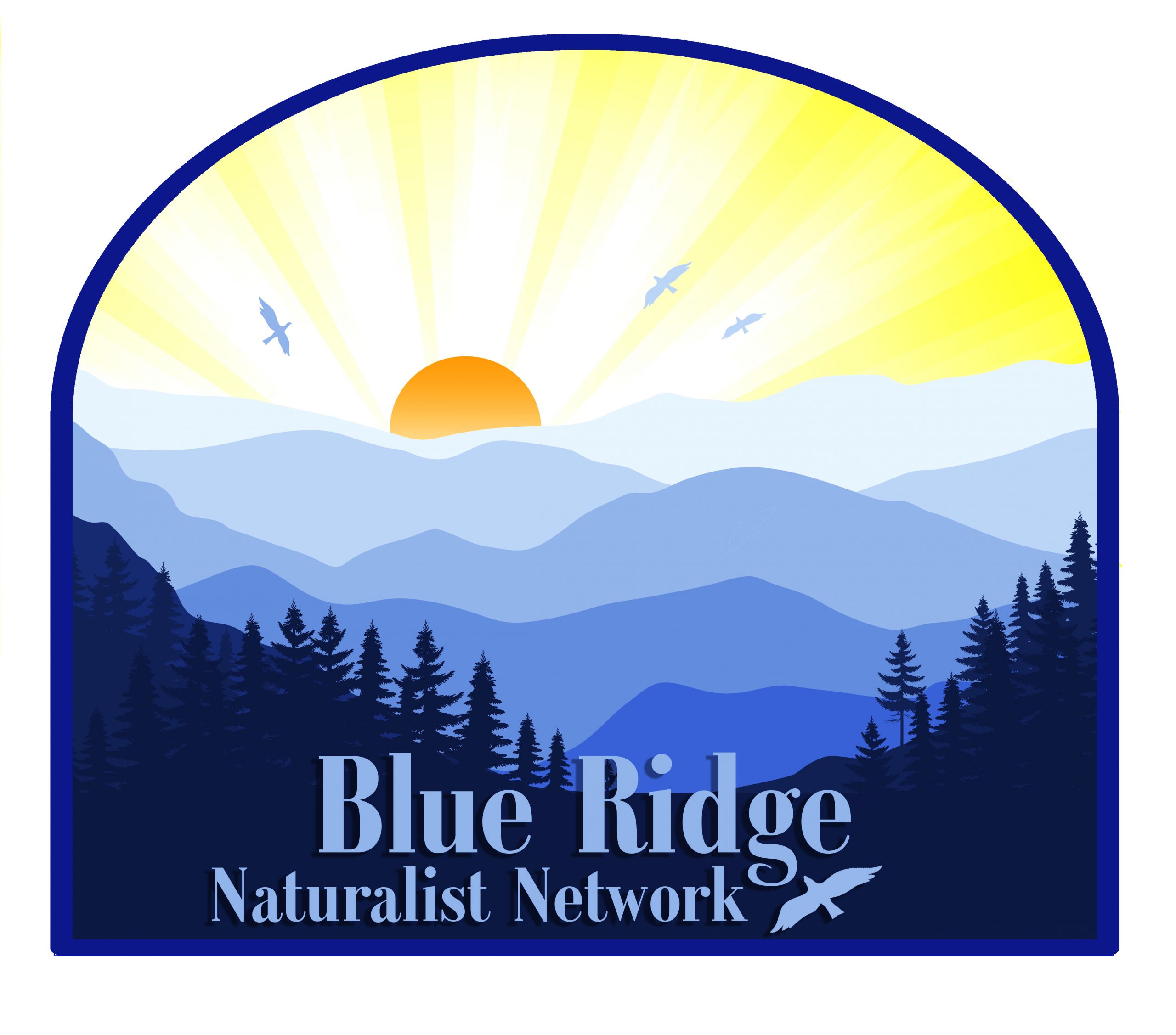
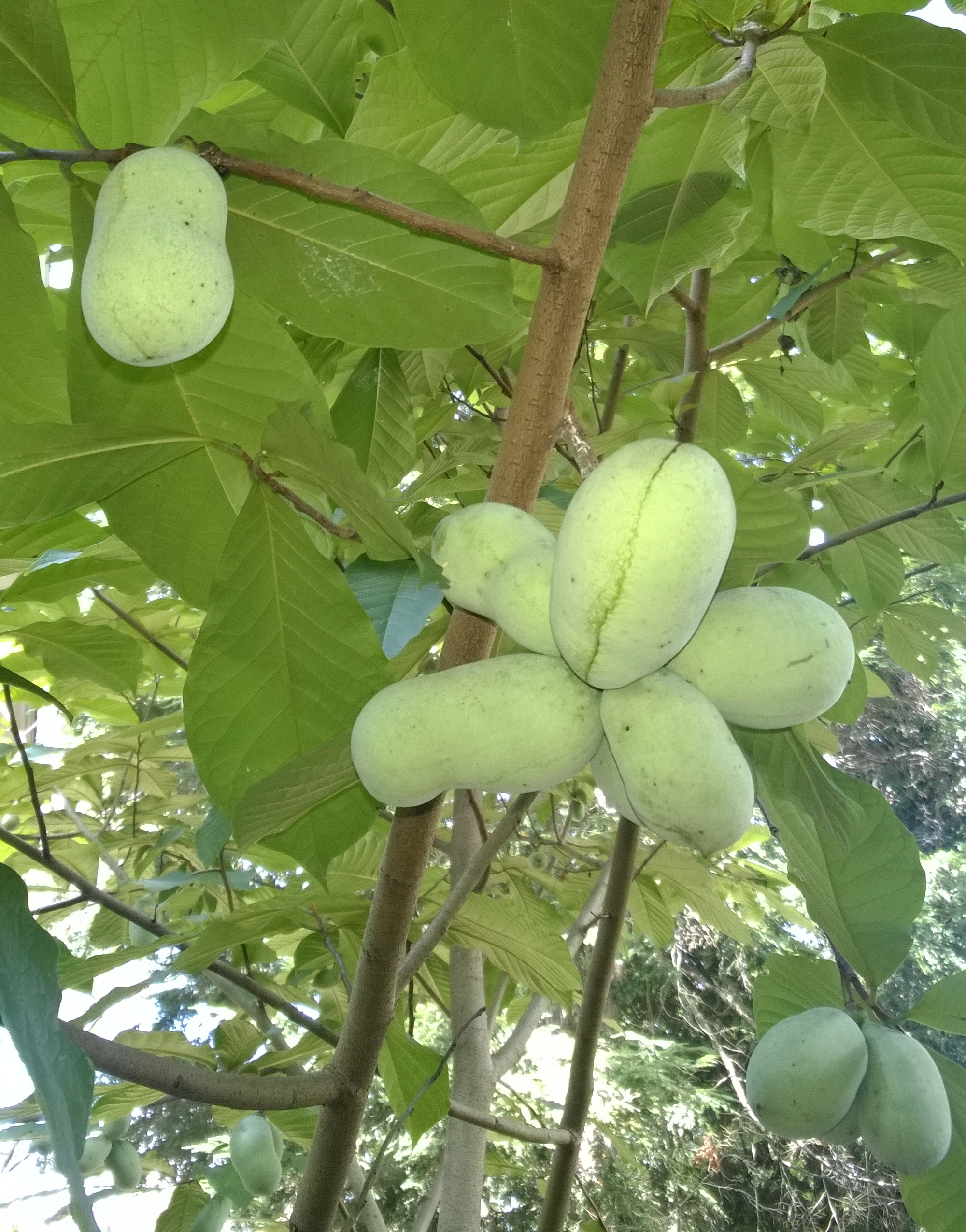
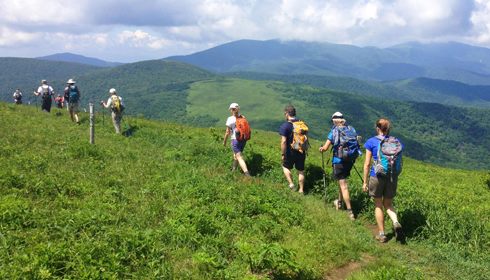



48 comments